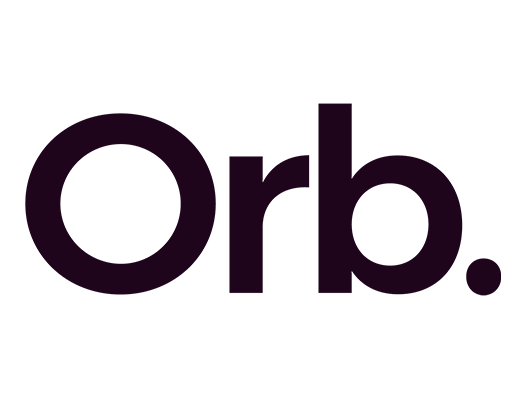
What’s involved in a branding project?
Everyone has different ideas about what’s involved in a branding project. While a lot of agencies have a similar approach, the exact details and deliverables vary. We thought we would shed a bit more light on what we do and how we do it.
While we can scale our projects down to work on a specific aspect of a brand, for this blog we’re going to use a typical full rebrand.
The brief.
This is the big-bang moment of a branding project. A client identifies a challenge and comes to us for help. Many clients find it hard to know exactly what to write in a brief, so as a rough guide here’s what we like to know:
- What’s the company’s background? Who are you and what do you do?
- What are the key challenges you’re trying to solve?
- What are your objectives? What does success look like for this project?
- Do you have any specific deliverables i.e. A new proposition?
- Do you have a budget in mind?
The budget is always the hardest part for clients and it’s understandable; agencies don’t really have set prices and we don’t give much indication upfront about potential costs. This is because it’s actually really hard to cost a branding project, it’s a huge undertaking and likely to shift and change as it progresses. The best thing to do is view it as an investment: what do you think solving your challenges is worth to your business? How much would it cost to hire people internally to solve this problem?
The scope.
This is our response to the brief. It details everything you’re getting and the associated cost. We have to map out the project starting with the outcome, then work backwards to figure out:
- What do you need to solve your challenge?
- What do we need to deliver the solution?
- What do we need to know to help you?
- How will we get what we need to know?
Once we have the deliverables and activities we then estimate how much time is needed to deliver everything and voila, we have our project scope.
Brand research.
Pretty much every project involves a level of research. We need to understand your business in order to help it. For a typical full branding project we’ll kick things off with a diagnosis session. This session is us getting to know the real you, your people will help our strategist build a snapshot of your business, your brand, and your culture.
The sessions don’t stop there, often we’ll need to run further workshops such as a customer profiling session or customer journey mapping session to give us useful insights into your audiences.
Next we would typically talk to your clients, this not only helps check if the information from the sessions matches up to reality, but reveals the experience you’re delivering.
Desk research may not be exciting but it’s essential. We like to get an overview of your main competitors, the state of your industry, and potential future trends, which all help identity potential opportunities and threats.
Once we’ve done all the research we’ll lock our strategists away (not literally) with all the information gathered. They’ll analyse everything to unearth the key insights that will inform the rest of the project.
Brand building.
Research is cool and all, but brand building is by far the best bit. This is where we get creative to use insights gathered from the research to articulate your brand strategy and design your visual identity.
What exactly does articulate a brand mean? Good question. Everyone loves a logo, but branding goes way beyond that. Brands operate on a verbal and emotional level as well as a visual one. Nike’s “Just Do It” isn’t just a memorable tag line, it’s an entire ethos that drives the brand: it’s their style, their attitude, their culture, and most importantly it’s their connection to consumers. Behind the tagline there’s a tone of voice, personality, values, key messages, proposition, and a mission and vision that dictate everything they do.
Of course the visuals are a big part of it too, they take the brand strategy and bring it to life through logos, colour palettes, typography, iconography, photography, graphics and illustration. The Nike strategy wouldn’t have the same impact if it wasn’t for the bold visual style that exudes everything they’re about.
Once the brand is created we produce brand books that act as instructions for internal staff and external partners on how to implement the brand correctly and apply it to collateral such as business cards, websites, and brochures.
Brand embedding.
A brand is only useful if it’s being used properly, and that starts with your internal teams understanding what the brand is, why it’s important, and how it relates to their roles. We like a “Ta Da” moment to launch the brand internally. Not only is it exciting for the employees, but it’s a great bit of PR too. Then come the on-boarding and training sessions. We engage your staff with the new brand to ensure that are both willing and able to consistently deliver the right experience to your audiences.
Phheeeew, there you have it. In a nutshell that’s your typical brand project. It can take months to complete, but it’s all totally worth it. At the end of the project you’ll have a brand that authentically represents you and better connects to your people and your customers. The impact of improving your brand can be lowering staff turnover, attracting better talent, more effective marketing, easier customer acquisition, and higher customer retention, all of which basically means a better bottom line.

